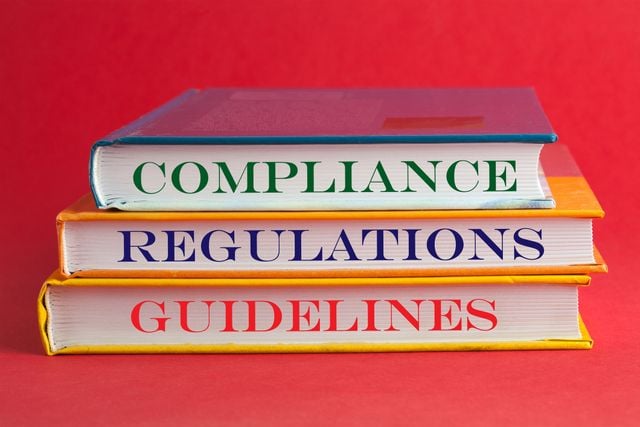Following the reform of the drug and device approval system by China’s State Council in August,1 the China Food and Drug Administration (“CFDA”) has finally unveiled its implementation policies regarding improvements to the drug approval system, with the November 11, 2015 release of the Circular Concerning Several Policies on Drug Registration Review and Approval (CFDA Circular [2015] No. 230, the “No. 230 Circular”) and several draft implementation measures. These documents set the stage for the transformation of China’s drug approval system and include the following changes:
- Piloting the Marketing Authorization Holder (“MAH”) system
The current legal framework only permits drug manufacturers to obtain regulatory approvals and was perceived as an obstacle to innovation. R&D-based companies must commit to a substantial investment in manufacturing facilities in order to commercialize their assets. To create a more supportive regulatory framework for innovation, the Standing Committee of the National People’s Congress authorized the State Council to roll out a three-year pilot program of the MAH system in 10 provinces,2 effective as of December 1, 2015. Under the CFDA’s proposed MAH pilot program, domestic drug manufacturers, domestic R&D institutions and research personnel of Chinese nationality can obtain regulatory approvals to commercialize pharmaceuticals in principle,3 and completely outsource the actual manufacture to contract manufacturing organizations. Nevertheless, the MAH applicants must arrange for insurance or financial guarantee to cover product liabilities. - Expanding the fast track approval pathway
To date, the fast track approval pathway has been mainly available for drugs that have not been marketed anywhere in the world, or those addressing critical or unmet medical needs. The State Council has directed the CFDA to admit more types of drugs to the fast track approval pathway, including pediatric/geriatric drugs, drugs treating China-prevalent diseases, drugs sponsored by national science and technology grants, foreign innovative drugs to be manufactured locally in China, innovative drugs using advanced technology, using innovative treatment methods, or having distinctive clinical benefits, drugs manufactured at a US/EU qualified facility and under review by the USFDA/EMEA for concurrent marketing authorizations. The clinical trial applications and marketing authorizations for drugs addressing urgent clinical needs will also be accelerated. Under this condition, clinical trial applications submitted three years prior to the date of patent expiration or marketing authorization applications submitted one year prior to the date of patent expiration, will be permitted. - Changing the classifications for new drugs and generics
According to the State Council’s directive, new drugs refer to those pharmaceutical products that have never been marketed anywhere in the world, or those that represent improved forms of the new drugs. Generics refer to those pharmaceutical products that are consistent with the reference drugs (or originator drugs) quality and efficacy. These definitions are very different from the current definitions under the CFDA’s Drug Registration Rules. The CFDA plans to introduce a new classification system that adopts the State Council’s definitions and will classify pharmaceutical products that have been marketed outside China but not in China as generics. - Simplifying the approval process for clinical trials
The CFDA will adopt a one-time umbrella approval procedure, rather than a phase-by-phase approval, for any new drugs’ clinical trial application. Furthermore, beginning December 1, 2015, the bioequivalent study of generic drugs will only need to undergo a recordation filing with the CFDA. In the CFDA proposed regulatory framework for the recordation filing, the applicant must obtain an EC approval and sign a clinical study agreement with the clinical site prior to filing the bioequivalent study. The CFDA will designate an information platform to record the bioequivalent study. This platform will generate a filing number once the applicant has submitted the required materials; the applicant can launch the bioequivalent study only after obtaining the filing number. If there is any change to the originally recorded bioequivalent study, the applicant must suspend the original study, enter the changes in the online recordation platform to obtain a new filing number, and only re-launch the study thereafter.
These initiatives illustrate the Chinese government’s clear determination to stimulate innovation and reduce time to market for new drugs. Pharmaceutical companies should adapt their business model to the new regulatory landscape, for example, by exploring early-phase concurrent drug development opportunities for innovative drugs in and outside China, refining the product portfolio to reflect disease demographics and public health priorities in China, revisiting the marketing authorization holder designation for innovative drugs, and leveraging regulatory flexibilities to acquire or spin off assets. Furthermore, foreign pharmaceutical manufacturers should look into the feasibility of localizing the research, development and/or manufacturing of their innovative assets in China, as the degree of localization may also affect time-to-market under the new drug approval system.
If you would like to discuss the foregoing or any other related matter, please contact Katherine Wang or your usual Ropes & Gray advisor.
1See our alert dated August 21, 2015.
2Beijing City, Tianjin City, Hebei Province, Shanghai City, Jiangsu Province, Zhejiang Province, Fujian Province, Shandong Province, Guangdong Province, and Sichuan Province.
3Narcotic, psychopathic, toxic, radioactive, a biological prophylactic, or blood products will be excluded from this pilot program.
Stay Up To Date with Ropes & Gray
Ropes & Gray attorneys provide timely analysis on legal developments, court decisions and changes in legislation and regulations.
Stay in the loop with all things Ropes & Gray, and find out more about our people, culture, initiatives and everything that’s happening.
We regularly notify our clients and contacts of significant legal developments, news, webinars and teleconferences that affect their industries.



